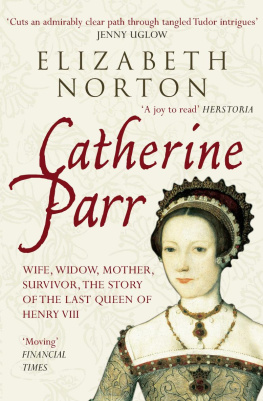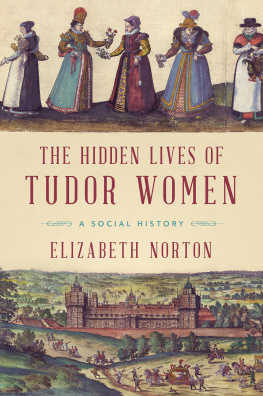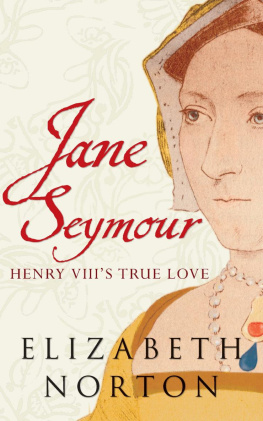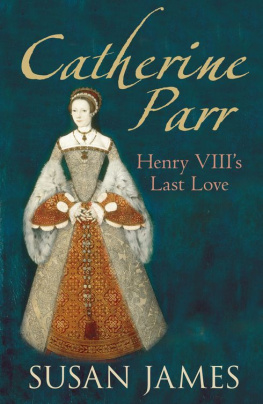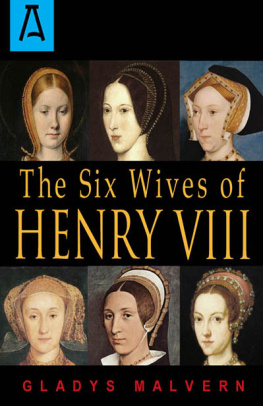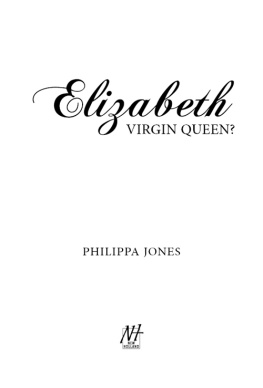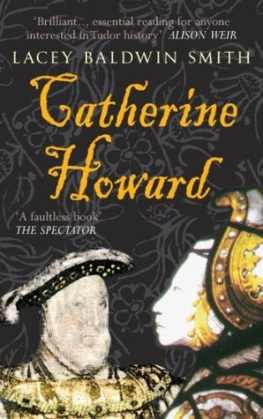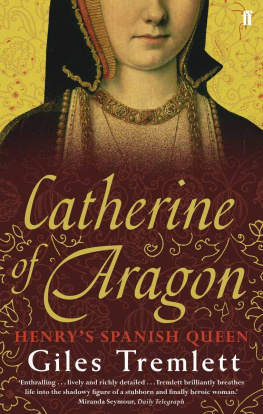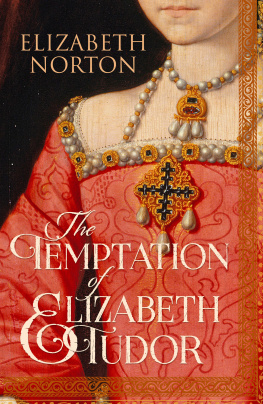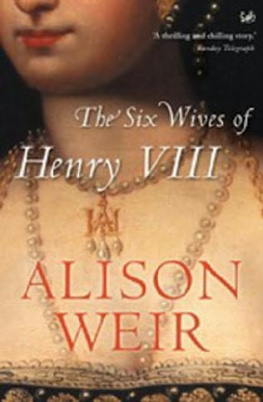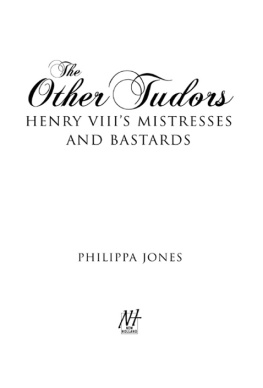

Elizabeth
Norton
AMBERLEY
This edition first published in Great Britain 2011
Copyright Elizabeth Norton 2009, 2010, 2011
This electronic edition published 2011 by Amberley Publishing
Amberley Publishing
The Hill, Stroud
Gloucestershire, GL5 4EP
www.amberleybooks.com
The right of Elizabeth Norton to be identified as the Author of this work has been asserted in accordance with the Copyrights, Designs and Patents Act 1988.
All rights reserved. No part of this book may be reprinted or reproduced or utilised in any form or by any electronic, mechanical or other means, now known or hereafter invented, including photocopying and recording, or in any information storage or retrieval system, without the permission in writing from the Publishers.
eISBN 978-1-4456-0679-8
Visit www.amberleybooks.com to find out more about our books, authors and special offers.
Reviews, ratings and comments about this book are much appreciated.
If you have enjoyed the book, you can leave a review by visiting its page when you are at you computer.
You can also to rate this book and share your rating with your friends on Facebook and Twitter.
We read all the reviews of our books and love to hear what our readers have to say.
If you have a moment, we would be grateful for your time.
CONTENTS
1. The Parrs of Kendal: 1512 1523
2. Mistress Burgh of Gainsborough Old Hall: 1523 Spring 1533
3. Lady Latimer of Snape Castle: Spring 1533 September 1536
4. A Pilgrimage of Grace: 1 October 1536 June 1537
5. Not Much Favour: June 1537 March 1543
6. Better Your Mistress Than Your Wife: March 1543 12 July 1543
7. Catherine the Queen: July 1543 Spring 1544
8. Beloved Mother: Spring 1544 Summer 1544
9. Regent General of England: July 1544 Autumn 1545
10. The Lamentation of a Sinner: Autumn 1545 Spring 1546
11. Danger for the Gospel: Spring 1546 July 1546
12. Yielded His Spirit to Almighty God: Summer 1546 28 January 1547
13. Weeks be Shorter at Chelsea: January May 1547
14. Much Offended by the Marriage: June December 1547
15. Lady Seymour of Sudeley: Winter 1547
16. The Queen was Jealous: Winter 1547 May 1548
17. Not Well Handled: May 1548 March 1549
18. How Many Husbands Will She Have?
Picture Section
Notes
Bibliography
List of Illustrations
1
THE PARRS OF KENDAL:
1512 1523
The woman who would become the sixth, and last, queen of Henry VIII, was born into a prominent, but not royal, family and, during her childhood and early adulthood, Catherine Parr can never have dreamt of the future that lay in store for her. Until the last year of her life, she endured a life of duty, making three arranged marriages in order to ensure her familys position and her own status. She was the most reluctant of all Henry VIIIs queens, but she was also one of the greatest and the roots of her good sense and ability to survive lay in her childhood.
Catherine Parr was the daughter of Sir Thomas Parr of Kendal and his wife, Matilda, or Maud, Green of Greens Norton in Northamptonshire. The Parrs family seat was Kendal in Cumbria, in the north-west of England, and the castle still dominates the town with extensive views over the north and south-west. A survey of the castle was made in 1572 and it is possible to envisage what the castle would have been like in Catherines time from this:
The castle of Kendal is situate on the knowl of an hill, within the park there, and on the east side of the town, with a fair and beautiful prospect. The outer walls are embattled 40 feet square, and within the same no building left, saving only to the north side is situate the front of the gate-house, the hall, with an ascent of stairs to the same, with a buttery and pantry at the end thereof; one great chamber and two or three lesser chambers, and rooms of ease adjoining the same, being all in decay, both in glass and slate, and in all other separation needful. Under the hall are two or three small rooms or cellars. In the south side is situate a dove cot in good repair.
In the early thirteenth century the castle belonged to Gilbert Fitz- Reinfred who married Helwise de Lancaster. The castle then passed to their son, William de Lancaster and, on his death, to his nephew Peter le Brus. When Peters son died without issue the castle passed to his eldest sister, Margaret le Brus. Margarets granddaughter, Elizabeth de Ross inherited the castle and lands associated with it and, in the late fourteenth century, married William de Parr, the first Parr to be associated with Kendal. On Williams death in 1405 the castle and lands passed to his son, John Parr, who died only three years later. The lands and castle then continued to pass from father to son up to Catherines time.
Catherines ancestors had been associated with Kendal since the earliest records and, in the town and surrounding area, they were second only to the king. The Parrs rose steadily over the centuries and in 1396, for example, William de Parr was able to increase the family wealth through his purchase of a licence to buy corn in Ireland and ship it to England. William died wealthy in 1404 and the inquest taken at his death records that his lands in Kendal were worth 40 a year, a comfortable sum for the early fifteenth century. The familys lands were worth a high enough sum in 1413 for a kinsman, Thomas Tunstall, to purchase the wardship of the eight-year-old heir, Thomas de Parr, from the king for 200 marks in order to marry him to his daughter. Thomas de Parr died in 1464 leaving lands worth 100 marks a year to his son, Catherines grandfather, William Parr.
While the Parrs had steadily increased their status and wealth over the years, it was Catherines grandfather, William, who brought the family to national prominence. William Parr was a close associate of King Edward IV, and, in 1475, accompanied the king on his campaign in France. Edward IV also made his friend a knight of the Garter and controller of his household and it is doubtless through the kings influence that William was able to make an advantageous marriage with Elizabeth, daughter and co-heiress of Lord Fitzhugh. This was a particularly prestigious match and it was through Elizabeth that Catherine could claim royal blood as a descendant of Edward III. William did not long survive his marriage, dying in 1483 and leaving his widow to raise two young sons, Thomas, who was Catherines father and the heir to the family, and William. Elizabeth Fitzhugh further secured the fortunes of the family in the difficult years at the end of the Wars of the Roses by marrying the Lancastrian, Sir Nicholas Vaux of Harrowden in Northamptonshire soon after she was widowed. Vaux was a fond stepfather for his wifes two sons and his support for the Lancastrian cause, coupled with Elizabeth Fitzhughs connections with Margaret Beaufort, the mother of Henry VII, secured the familys survival on the accession of the first Tudor king in 1485.
Elizabeth Fitzhugh died in 1507 and Sir Nicholas Vaux set about looking for opportunities for himself and his elder stepson. The two mens interest fell on the young sisters, Anne and Matilda, or Maud, Green, the heiresses of a neighbouring landowner, Sir Thomas Green of Greens Norton. In 1507 Thomas Parr was twenty-nine years old and his stepfather considerably older but both married the teenage sisters, with Vaux taking Anne, the elder sister, and Thomas the younger, Maud. Sir Thomas Green had died in 1506 leaving his daughters wealthy. Both marriages were happy and the two couples remained close to each other with the Parrs residing in Northamptonshire when they were not at court.
Next page
